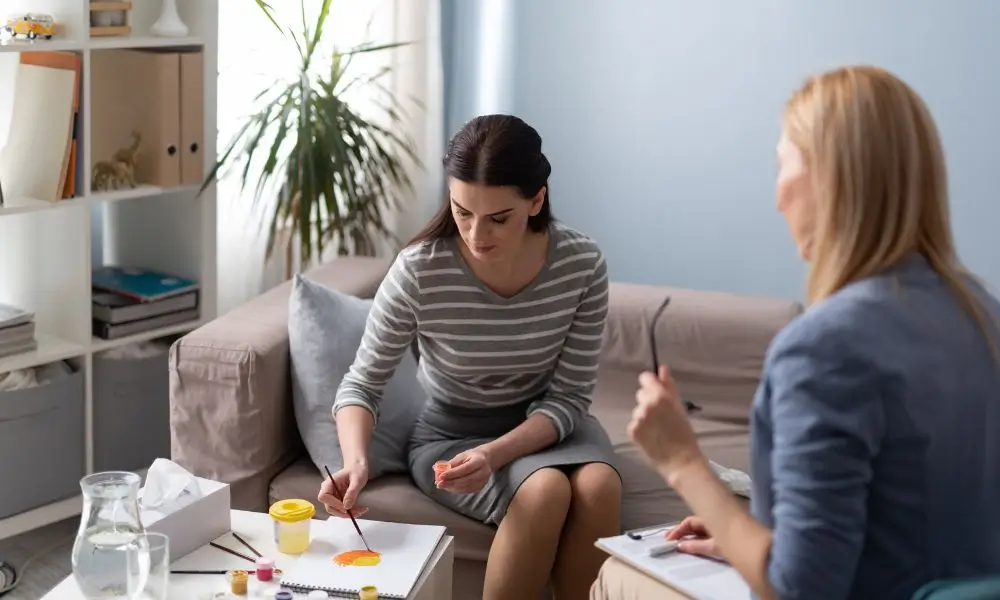No products in the basket.

The Healing Power of Art: How Creativity Supports Mental Health
In a fast-paced world where stress and challenges seem ever-present, finding ways to nurture our mental well-being is more important than ever. One timeless and universal tool for self-care and healing is art. Whether it’s painting, drawing, sculpting, or even admiring artwork, creativity has a profound ability to support and enhance mental health.
The Therapeutic Benefits of Artistic Expression
Engaging in art allows individuals to express emotions that may be difficult to put into words. For some, it’s a way to process grief, anxiety, or trauma. For others, it’s simply a method of relaxation and mindfulness. Research has shown that creative activities like drawing or painting can lower cortisol levels, the hormone associated with stress, and promote feelings of calm and relaxation.
Art also encourages a state of “flow”—a mental state where one becomes fully immersed in an activity, losing track of time and external worries. This sense of absorption can be incredibly therapeutic, offering a break from the pressures of daily life and creating a sense of accomplishment and focus.
Building a Bridge to Communication
For those who find it challenging to articulate their emotions, art can act as a bridge to communication. Art therapy, a recognised mental health practice, uses creativity to help individuals explore and express their inner world. It’s particularly effective for people dealing with trauma, as creating art can provide a safe, non-verbal outlet for processing difficult experiences.
In therapeutic settings, the process of creating often becomes more significant than the end result. The act of choosing colours, shapes, and textures can reveal insights into one’s emotions and mental state, which can then be explored further with the guidance of a therapist.
Art as a Form of Self-Care
You don’t need to be an artist to experience the benefits of creativity. Simply picking up a pen, brush, or even a colouring book can be a powerful act of self-care. Artistic activities can:
- Reduce Stress: Dedicating time to creative expression can calm the mind and provide a sense of control and purpose.
- Boost Mood: Engaging in art stimulates the release of dopamine, a feel-good neurotransmitter, helping to improve overall mood.
- Improve Focus and Patience: Working on intricate designs or paintings requires attention to detail, promoting mindfulness and patience.
- Foster a Sense of Achievement: Completing a piece of art, no matter how simple, brings a sense of accomplishment and pride.
Admiring Art: A Passive Path to Healing
Even if creating art isn’t for you, simply admiring it can have a positive impact on mental health. Studies have found that viewing art can:
- Lower blood pressure and heart rate.
- Evoke emotions that promote empathy and connection.
- Inspire hope and positivity by shifting focus to beauty and creativity.
Visiting galleries, browsing online collections, or even decorating your space with artwork can create a soothing and inspiring environment.
Art and Our Mission
At Atataxia Art, we believe in the power of art to transform lives. That’s why proceeds from every piece sold on our platform are dedicated to funding therapy sessions for individuals who cannot afford them. By supporting art, you’re not only investing in something beautiful for yourself but also contributing to a cause that brings healing and hope to others.
Whether you choose to create, admire, or collect art, you’re tapping into a powerful tool for well-being. Art isn’t just about aesthetics—it’s about connection, expression, and transformation. Let’s celebrate its potential to heal and make a difference, one brushstroke at a time.
